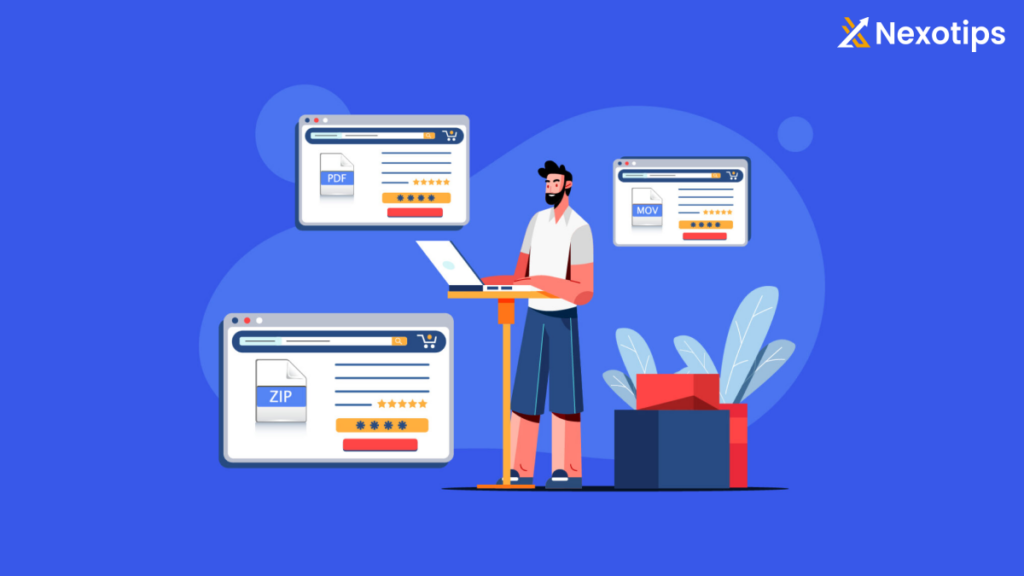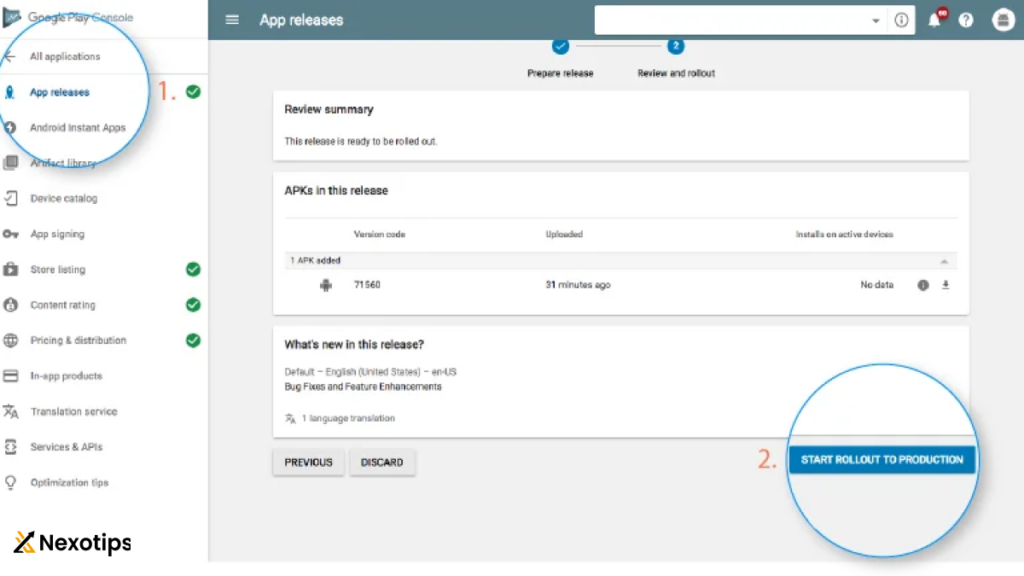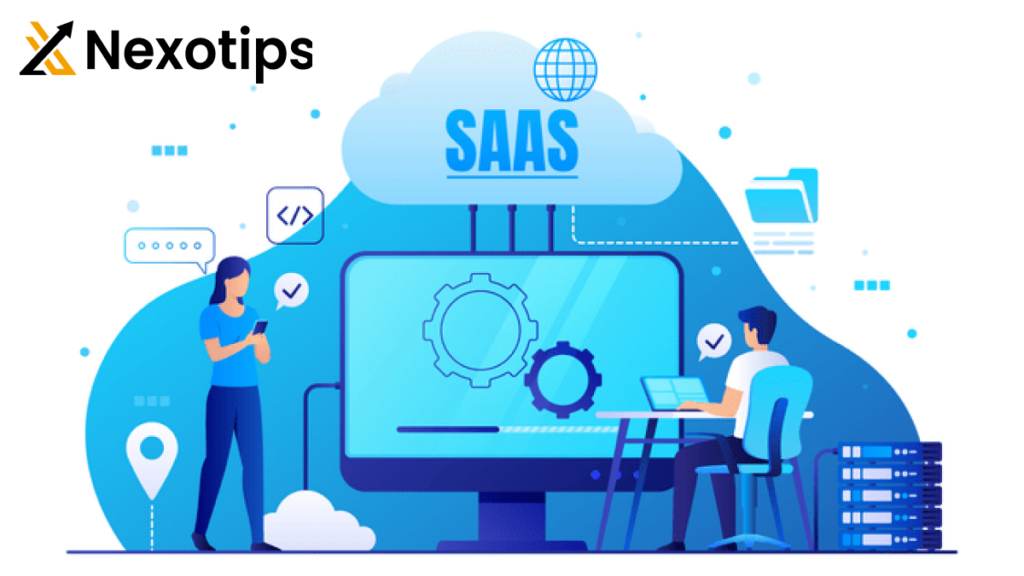
7 Best Developers Supplementary Income Ideas in 2024.
Income Ideas for Developers.
Developers Developing and selling mobile apps: With the increasing demand for mobile applications, there is a huge opportunity for software engineers to create and sell their own apps on platforms like the App Store or Google Play. Developers Developing and selling mobile apps: With the increasing demand for mobile applications, there is a huge opportunity for software engineers to create and sell their own apps on platforms like the App Store or Google Play.
Freelance web development: Many businesses and individuals are in need of custom websites, and as a software engineer, you have the skills to create high-quality websites that can be sold to clients on a freelance basis.
Creating and selling software plugins: If you have expertise in a particular software platform, Developers can develop plugins or extensions that enhance the functionality of that platform and sell them to users.
Offering online coding courses: With the growing popularity of online learning, there is a high demand for coding courses. As a software engineer, you can create and sell online courses that teach others how to code.
Providing technical consulting services: Many businesses require technical expertise to help them solve complex problems or optimize their systems. As a software engineer, you can offer consulting services to businesses in need of your skills.
Developing and selling software tools: Software engineers can create and sell tools that automate tasks or streamline processes for other developers. These tools can be sold on platforms like GitHub or through your own website.
Building and selling software templates: If you have experience in a particular programming language or framework, you can create and sell templates that other developers can use as a starting point for their own projects. These templates can be sold on marketplaces like ThemeForest or Etsy.
By exploring these side hustle concepts, software engineers can leverage their skills to generate additional income and potentially build a successful business outside of their full-time job.
read first: 7 Side Hustle Ideas for Developers in 2024
1. Tailored Solutions Enhanced by Artificial Intelligence.
Developers, the significance of AI goes beyond mere hype; in 2023, the AI market reached a valuation of over $153.6 billion, and its growth is projected to be exponential.
Every week, a new AI tool emerges, and Developers can explore a variety of tools at TopAI to find inspiration. These tools serve various purposes such as completing development tasks, generating AI-powered images and videos, and conducting research.
As Developers, you have the opportunity to leverage this trend by offering tailor-made AI solutions to businesses.

Developers, for instance, you can create a tool similar to AgentGPT or God Mode by utilizing a pre-existing large language model (LLM) like GPT, Llama, PaLM 2, or others. These models possess the ability to comprehend and generate text that closely resembles human language. By integrating a token for GPT models into your application, Developers can achieve this feat.
The process of developing a mechanism to decompose user-set objectives into manageable tasks using the Laddering method involves breaking down the overall objective into smaller, more specific tasks. This method allows for a more practical outcome by transforming extensive user inputs into actionable steps.
To begin, Developers, the user’s objectives are carefully analyzed and understood. These objectives may be broad and encompassing, making it necessary to break them down into smaller, more achievable tasks. The Laddering method is employed by Developers to systematically break down the objectives into a series of steps that can be easily managed.
The Laddering method involves identifying the main objective and then creating a series of sub-objectives that lead to the achievement of the main objective. Each sub-objective is further broken down into smaller tasks, forming a hierarchical structure of objectives and tasks.
For example, if the user’s objective is to launch a new product, the first step would be to identify the main objective, which is the successful launch of the product. This main objective can then be broken down into sub-objectives such as market research, product development, marketing strategy, and launch planning.
Each sub-objective is then further decomposed into smaller tasks. For instance, under market research, tasks may include conducting surveys, analyzing competitor products, and identifying target demographics. Similarly, under product development, tasks may include designing prototypes, testing, and refining the product.
Once the objectives and tasks are identified, a linking system is established to ensure that the tasks are carried out sequentially in order to reach the desired goal. This linking system helps in organizing the tasks in a logical order, ensuring that each task is completed before moving on to the next one.
By decomposing user-set objectives into manageable tasks using the Laddering method and establishing a linking system, the overall objective becomes more achievable and practical. This approach allows for a systematic and organized approach to goal attainment, ensuring that each task is completed in a logical sequence, leading to the successful achievement of the desired outcome.
To enhance the user experience, consider developing a user-friendly interface that enables individuals to engage with the AI agents. This interface should not only allow users to interact with the AI from the terminal, but also provide features such as goal setting, progress monitoring, and output reception.
Furthermore, if your tool proves to be valuable, you can explore monetization opportunities through subscription models. Many individuals would gladly pay for a tool that saves them time by eliminating the need for self-prompting or the complexities of prompt engineering.
Remember, the tool mentioned above is just one example of what you can create. The possibilities are limitless, so it’s advisable to explore existing tools before embarking on your own creation.
2. Digital Product Sales & Plugin Creation.
The digital transformation market is experiencing significant growth and expansion, as it encompasses a wide range of digital products and services. This market refers to the process of integrating digital technologies into various aspects of businesses and organizations, with the aim of improving efficiency, productivity, and overall performance.
One area of expansion within the digital transformation market is the development and adoption of digital products. These products include software applications, cloud-based platforms, and digital tools that enable businesses to streamline their operations, automate processes, and enhance customer experiences. For example, companies are increasingly investing in customer relationship management (CRM) software, data analytics tools, and artificial intelligence (AI) solutions to gain valuable insights, make data-driven decisions, and personalize their offerings.

Furthermore, the digital transformation market is also expanding in terms of the services offered. Digital transformation service providers offer consulting, implementation, and support services to help businesses navigate the complexities of digital transformation. These services may include strategic planning, technology assessment, change management, and training programs to ensure a smooth transition to digital processes and technologies.
Moreover, the digital transformation market is witnessing expansion across various industries. Organizations in sectors such as healthcare, finance, retail, manufacturing, and transportation are increasingly embracing digital transformation to stay competitive in the digital age. For instance, healthcare providers are adopting electronic health records (EHR) systems, telemedicine platforms, and AI-powered diagnostic tools to improve patient care and operational efficiency.
The expansion of the digital transformation market is driven by several factors. Firstly, the rapid advancement of technology, such as cloud computing, big data analytics, and IoT (Internet of Things), has made digital transformation more accessible and affordable for businesses of all sizes. Additionally, the increasing demand for seamless digital experiences from customers and employees has pushed organizations to invest in digital transformation initiatives.
In conclusion, the digital transformation market is expanding rapidly, encompassing a wide range of digital products and services. This growth is driven by technological advancements, increasing customer expectations, and the need for businesses to stay competitive in the digital era. As organizations continue to embrace digital transformation, the market is expected to further expand and evolve, offering new opportunities and challenges for businesses and service providers alike.
Developers, generating digital assets such as plugins for Shopify or WordPress is a viable option. As of 2023, WordPress continues to dominate with a usage rate of 45.8% among all websites worldwide. Additionally, Shopify is utilized by 28.51% of the 9.2 million e-commerce websites in the United States. If you prefer, Developers can also create reusable website templates using your preferred tech stack and sell them on platforms like ThemeForest or Template Monster. If you’re interested, Developers, I have a comprehensive guide available for you on these platforms. In my experience, selling website templates on Themeforest has proven to be quite profitable, making it an excellent initial venture.
3. Development of applications for the App Store and Play Store.

This growth in the number of mobile apps available on both Google Play Store and Apple App Store is a testament to the continued popularity and demand for mobile app development. With the increasing reliance on smartphones for everyday tasks, businesses and developers are constantly innovating and creating new apps to meet the needs and preferences of users.
The mobile app development industry is not only thriving in terms of quantity but also in terms of quality. Developers are constantly pushing the boundaries of what is possible with mobile technology, creating apps that are more sophisticated, user-friendly, and feature-rich than ever before. From productivity apps to entertainment apps, there is a wide range of options available to users on both platforms.
As the mobile app development industry continues to evolve, we can expect to see even more exciting and innovative apps being released in the coming years. With advancements in technology such as artificial intelligence, augmented reality, and machine learning, the possibilities for mobile app development are truly endless. Whether you’re looking for a new game to play, a tool to help you stay organized, or a way to connect with others, there is sure to be an app out there that meets your needs.
It is possible to create an application effortlessly, even if you are not familiar with native languages like Java/Kotlin or Swift. This can be achieved by utilizing cross-platform tools and frameworks like React Native, Flutter, or Ionic. The best part is that you don’t need to acquire new skills, as you can simply use React or Angular to develop your application or game. These tools work by encapsulating the app within a native container, enabling it to utilize the device’s functionalities while being developed using familiar web technologies.
One can generate income from this by monetizing through advertisements showcased within the application, by providing in-app purchases for supplementary content or features, or by charging users to download the premium version of the app, which is ad-free and includes extra functionalities.
4. Software as a Service (SaaS) or Micro-SaaS offerings.

Raycast is a productivity tool that allows users to quickly access and execute various tasks and commands on their computer. It provides a centralized platform for managing workflows, integrating with popular tools and services, and automating repetitive tasks. With its intuitive interface and customizable features, Raycast caters to the needs of developers, designers, and other professionals who require efficient navigation and organization of their digital workspace.
Another example of a Micro-SaaS product is Taskade, a collaborative task management tool that enables teams to work together seamlessly on projects and assignments. It offers a range of features such as real-time collaboration, task assignment, deadline tracking, and file sharing. Taskade’s simplicity and versatility make it an ideal solution for remote teams, freelancers, and individuals looking to streamline their workflow and enhance productivity.
In the realm of customer relationship management (CRM), there is a growing demand for specialized solutions that cater to specific industries or niches. One such Micro-SaaS product is Propertybase, a CRM platform designed specifically for real estate professionals. It provides tools for managing leads, listings, transactions, and marketing campaigns, tailored to the unique requirements of the real estate industry. Propertybase’s industry-specific features and integrations make it a valuable asset for real estate agents, brokers, and property managers.
Furthermore, in the field of project management, there is a need for niche solutions that address the specific challenges faced by different industries. A Micro-SaaS product like Buildertrend focuses on the construction industry, providing project management tools specifically designed for contractors, builders, and remodelers. It offers features such as scheduling, document management, budgeting, and client communication, all tailored to the unique needs of construction professionals. Buildertrend’s industry-specific approach sets it apart from generic project management tools, making it a valuable asset for construction companies of all sizes.
These examples illustrate the potential of Micro-SaaS products in addressing specific challenges faced by businesses or individuals. By focusing on niche markets or functionalities, these tailored solutions can provide targeted and efficient solutions, ultimately enhancing productivity and streamlining workflows. As the demand for specialized software continues to grow, the realm of Micro-SaaS presents a promising prospect for developers and entrepreneurs in the year 2024 and beyond.
This tool, with its innovative features and user-friendly interface, has revolutionized the way developers and advanced users approach their daily tasks and workflows. By simplifying complex processes and providing fast access to personalized scripts, it has significantly enhanced productivity in the tech community.
One of the key strengths of this tool is its ability to streamline repetitive tasks. With a vast library of pre-built scripts and the option to create custom ones, users can automate time-consuming processes, saving valuable hours each day. This not only boosts efficiency but also allows developers to focus on more critical aspects of their work.
Furthermore, the tool’s personalized approach caters to the unique needs of each user. It allows individuals to customize their workflows, creating a seamless and tailored experience. This level of personalization ensures that users can work in a way that suits their preferences and maximizes their productivity.
The success of this project can be attributed to its subscription-based approach. By offering a subscription model, the tool provides continuous updates and improvements, ensuring that users always have access to the latest features and enhancements. This not only keeps the tool relevant in a rapidly evolving tech landscape but also fosters a sense of community among its users.
The subscription-based model also allows for ongoing support and customer service, ensuring that users receive prompt assistance whenever they encounter any issues or have questions. This level of support further enhances the overall user experience and contributes to the tool’s success.
Overall, this tool has become an indispensable asset for Developers and advanced users, enabling them to simplify their daily tasks, automate workflows, and ultimately achieve greater productivity. Its subscription-based approach has proven to be a winning strategy for Developers, providing continuous updates, personalized support, and a thriving user community.
5. Contributions to Open Source Projects.
Engaging in projects within your industry showcases your expertise, fosters teamwork, and helps establish credibility among fellow developers.
Engaging in open-source projects can open doors to various opportunities such as job offers, consulting gigs, and even the potential to market your own tools and services to the growing community surrounding a project. When you actively contribute to an open-source project, you not only showcase your skills and expertise but also build a network of like-minded individuals who can vouch for your abilities.
By actively participating in open-source projects, you can catch the attention of potential employers or clients who value the collaborative and community-driven nature of open-source development. Many companies actively seek individuals with experience in open-source projects as it demonstrates their ability to work in a team, contribute to a larger codebase, and solve complex problems collectively.
Additionally, engaging in open-source projects can lead to consulting opportunities. As you gain expertise in a particular project or technology, you can offer your services to organizations or individuals who require assistance in implementing or customizing the open-source software. This can be a lucrative avenue for generating income and establishing yourself as an expert in the field.
Furthermore, if you kickstart an open-source project that gains popularity, you have the potential to monetize it. This can be done through various means such as sponsorships, where companies or individuals provide financial support to the project in exchange for recognition or advertising. Donations from the community can also contribute to the sustainability of the project.
Developers, another way to monetize an open-source project is by offering a dual licensing model. This involves providing a free community version of the software with basic features and support, while also offering a paid commercial version with additional features, premium support, or enterprise-level functionalities. This allows you to cater to both the open-source community and Developers and organizations willing to pay for enhanced capabilities or dedicated support.
In summary, engaging in open-source projects not only provides opportunities for personal and professional growth but also opens doors to potential job offers, consulting gigs, and the ability to market your own tools and services. Additionally, if Developers create an open-source project that gains popularity, you can explore avenues for monetization through sponsorships, donations, or a dual licensing model.
6. Services for Ethical Hacking.
As businesses continue to digitize their operations and store sensitive information online, the demand for ethical hackers is only expected to increase. These professionals are tasked with constantly monitoring and assessing the security of digital systems to prevent data breaches and cyber attacks.
Ethical hackers must possess a deep understanding of computer systems and networks, as well as the ability to think like a cybercriminal in order to anticipate potential threats. They often work closely with IT teams to implement security measures and protocols to protect against cyber threats.
In addition to technical skills, ethical hackers must also have strong communication and problem-solving abilities to effectively communicate their findings and recommendations to stakeholders within the organization.
Developers, overall, the role of ethical hackers is becoming increasingly vital in the digital age, as businesses strive to protect their valuable data and maintain the trust of their customers. As such, the demand for cybersecurity professionals is expected to continue to grow, making it a lucrative and rewarding career path for Developers with the necessary skills and expertise.
7. Tech Blogging
Developers, tech blogging allows individuals to showcase their expertise and build credibility within their industry. By sharing their insights and opinions on various tech topics, Developers can attract a loyal following of readers who trust their recommendations and advice.
In addition, tech blogging can also lead to collaborations with other industry professionals, partnerships with tech companies, and invitations to attend exclusive events and conferences. This can further enhance a Developer’s reputation and open up new opportunities for growth and success in the tech industry.
Overall, tech blogging is a versatile and rewarding career path that allows Developers to share their passion for technology, connect with like-minded individuals, and potentially earn a living doing what they love. With dedication, hard work, and a commitment to producing high-quality content, tech bloggers can establish themselves as thought leaders in their field and make a significant impact on the tech community.
7 Best Developers Supplementary Income Ideas in 2024.
Others : 10 Best UI Testing Tools For Advance Developer
